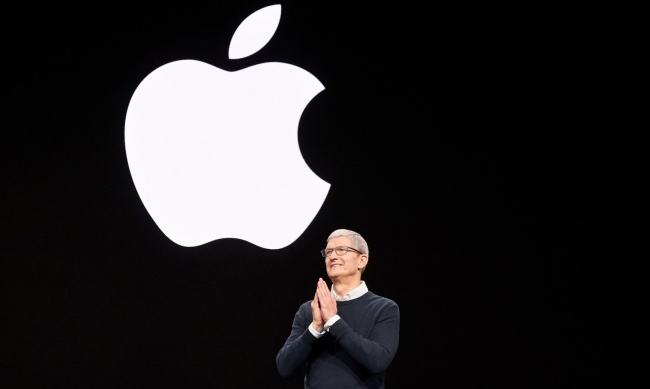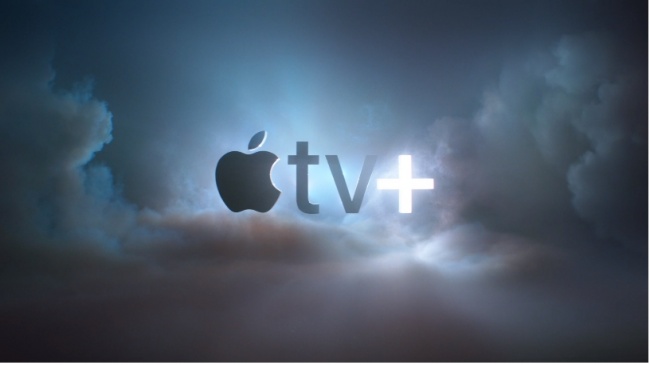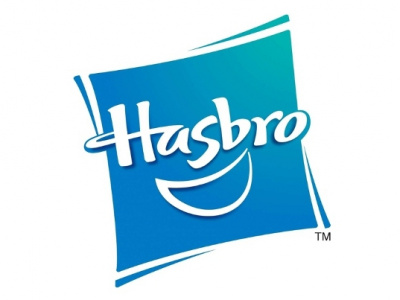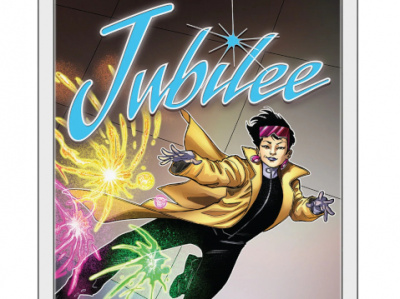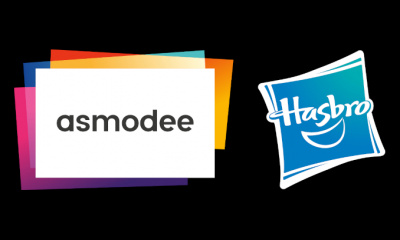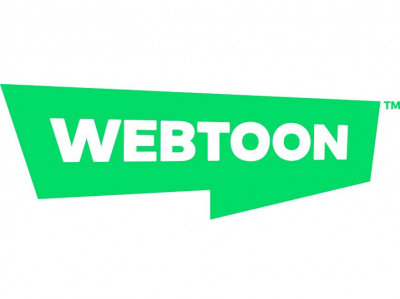And as we have come to learn, gale-force winds buffeting the world of media and entertainment translate to balmy breezes lifting the sails in the world of comics and content.
Cutting the cord. As with every Apple announcement, we won’t know what all this means right away. It takes time for the revolution to disseminate from Cupertino to the local mall. Apple CEO Tim Cook helpfully described the vision for the app as “bringing together all your favorite shows, movies, sports and news and mak[ing] them available on all of your devices.”What we do know is that Apple is putting its very heavy boot into the weakened behemoth known as cable TV, already under assault by a veritable army of services looking to cut its cord. How bad are things looking for cable and satellite? According to a recent report in Fortune, cable and satellite providers hemorrhaged nearly a million users in the last quarter of 2018, leaving the number of subscribers down 4.1% from the previous year.
Hardware devices like Roku and Apple TV are crucial to helping consumers kick Comcast to the curb, because you need some way to get the bits onto your big screen. They and others have positioned themselves at the crossroads between content and presentation, striking deals with existing providers, networks and creators. Apple controls not only your big screen, but most of your small ones too, which makes their entry into this market especially consequential.
The smell of fear. Whether or not Apple’s own announcement is revolutionary, it kicks the general panic in the TV content and advertising space up another notch. Netflix, Amazon, AT&T/Warner, Hulu and a bunch of others were already dumping loads of money into original content development to get customers locked in to their subscription streaming services. Apple’s entry, with Disney’s waiting in the wings, makes it clear that anyone who misses this train will be left standing on the abandoned platform for a good long time.
Fear makes people do unusual things. It can turn hard-boiled, numbers-driven TV executives into wild-eyed dreamers who see potential in every conceivable idea for scripted programming, as long as it contains the magic juice that keeps a small slice of viewers loyal.
Comic content has proven to have this kind of stickiness. During the 1970s and 80s, when most of the world wasn’t paying attention, superhero comics perfected a formula where beats of action and conflict were kept afloat on a swift undercurrent of soap-opera drama, unresolved plotlines and continuity complications. The ability – and necessity – to encapsulate these storylines in collected editions opened the trade book market for comics, but it also provided a template for the season story arc, which proved useful in the age of DVD box sets and absolutely central to the current age of streaming.
Comics to the rescue. It’s entirely unsurprising that TV programmers are now looking to the source material to help fill their libraries with original shows. I think this would be true even if comic-based movies weren’t the hottest genre at the box office, because the story structures fit the needs of the moment so well. But let’s just say the air cover provided by Captain Marvel and company doesn’t hurt.
For fans, this means we’re getting decent, or at least creatively-ambitious, renditions of deep, deep cuts. These aren’t just quickie efforts at fan-service. They’re the product of strategic-minded creators figuring out the essence of each character and storyline to achieve the combination of intrigue, spectacle and fierce brand loyalty that kept, say, X-Men readers buying issue after issue, title after title, through the 1990s.
Let’s face it: did anyone think we’d ever see properties like Doom Patrol, Cloak and Dagger, Preacher, Legion or Runaways make it to a screen of any size? Or that these shows might offer some of the most interesting, challenging, gripping stories of the day?
Winning the war for eyeballs. None of these shows, or the dozens of others I could have mentioned, are what we’d call mass-market hits. I don’t think The Goldbergs or Young Sheldon have anything to fear, ratings-wise, even if we had an apples-to-Apples way to compare broadcast and streaming viewership. Their purpose is to establish beachheads in uncharted territories, so their deep-pocketed sponsors can lock in bits and pieces of an audience to make their platforms viable. That means they don’t need lots of viewers, they just need the right kind of viewers.
The players in this game are rich, rich companies, sitting on billions of dollars of cash, and they can afford everything except losing out. It’s usually bad business to get ahead of your market. In this case, players need to keep anteing up if they want to win the pot, even if they don’t have the strongest hand. So again, we have the peculiar dynamic of the wealthy spending way more money than is justified by the fundamentals, just to entertain fans who have demonstrated they will tune in for this kind of material.
Apple’s announcement, though it was already priced in, just complicates the board further and ensures it will be another year to 18 months at the least before we get any kind of clarity in this market. If the general economy stays good and media giants can continue to spend lavishly arming for their war, that means the gravy train will keep going for content owners, creators and publishers.
The opinions expressed in this column are solely those of the writer, and do not necessarily reflect the views of the editorial staff of ICv2.com.
Rob Salkowitz (@robsalk) is the author of Comic-Con and the Business of Pop Culture.



